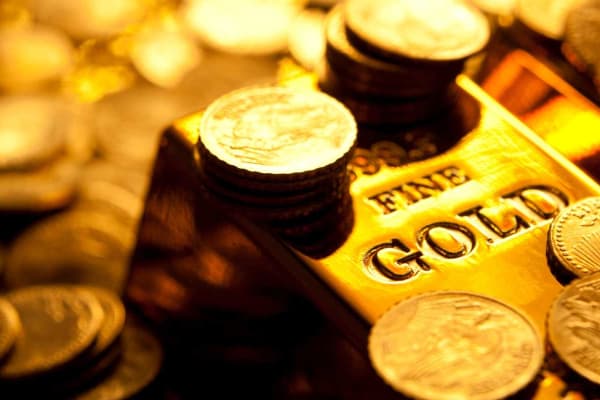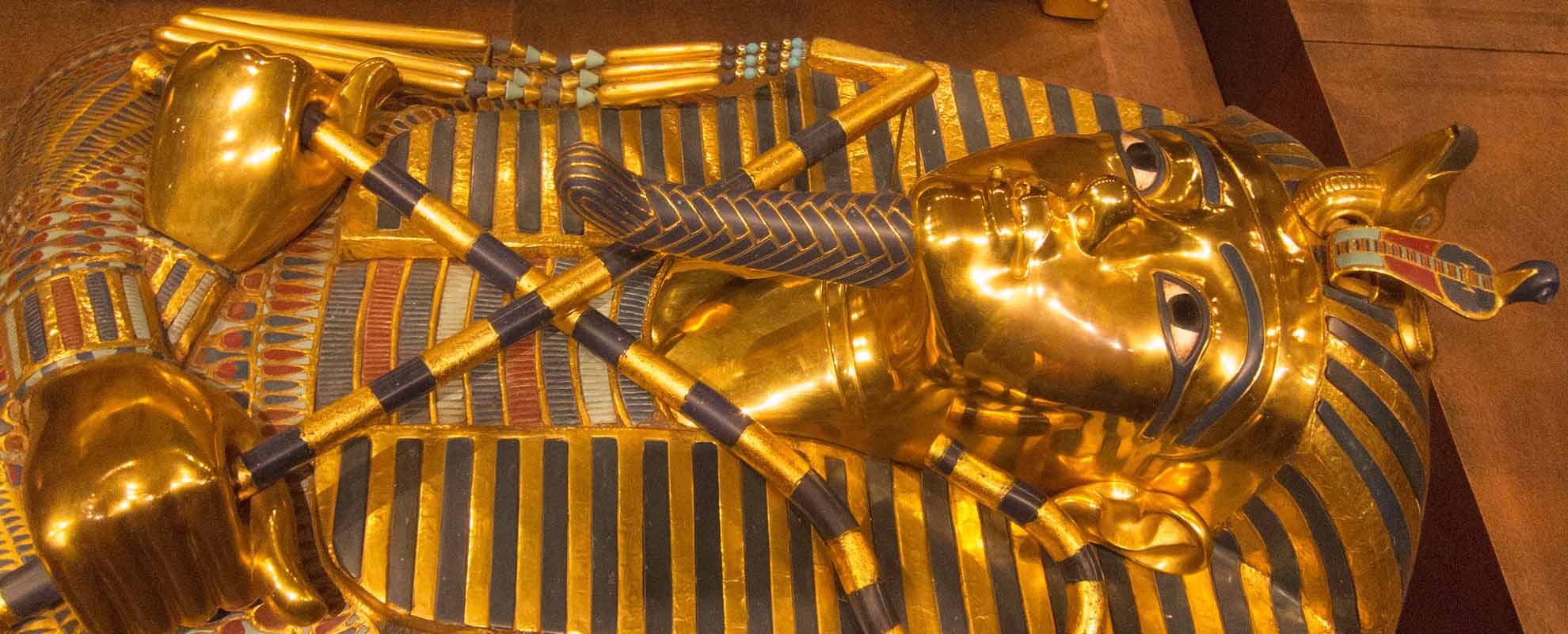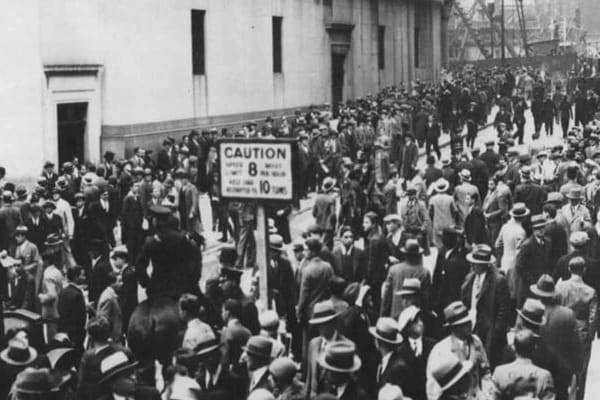
How Much Gold Is In The World?
As we dive into the alluring world of gold, we explore its journey from underground deposits to jewellery boxes and bank vaults.

The Old Kingdom from 3100 to 2181 BCE was the period when most of the pyramids were constructed. Trade began outside the Nile valley and various gems were recovered from the Sinai Peninsula. The Old Kingdom ended with the death of Pepi II and the Intermediate Period I (2181 to 2125 BCE) started. This was a period of confusion with changes in climate causing famine. It eventually led to poverty. The Intermediate Period I lasted for nearly two decades after which kings from Herakleopolis stabilized their power and set about reuniting Egypt. After that, Nebhetepre Mentuhotep I from Thebes led an attack against Herakleopolis, for control over Egypt and won.
The Sphinx and the Great Pyramid of Giza (Photo Credit: Ian Robertson)
The win of Nebhetepre started a new period called the Middle Kingdom from 2125 to 1650 BCE. This was a time of stability and peace for Egypt with trade picking up considerably. Slowly, the power of the Memphite kings decreased and Asian immigrants took the opportunity to take charge of the eastern delta. These immigrants were known as Hyskos and the Intermediate Period II lasted until 1550 BCE. The victory of Ahmose I over the Hyskos marked the beginning of the New Kingdom from 1550 to 1069 BCE. A lot of wars were fought during this period and the boundaries of Egypt were extended.
The Late Period (1069 to 517 BCE) had the Ethiopians fighting against the Assyrians over Egypt. During this period, there were Libyan rulers, Kushites, and other Egyptian families. Art gained importance. The Persians attacked Egypt and this was the start of the Persian Period I (517 to 425 BCE). There were a lot of deaths and massacres during this period. Their aim was to suppress the Egyptians to avoid any attack or revolt. During the late period from 425 to 342 BCE, the Egyptians were under pressure from the Greeks and the Persians. However, they managed to hold their own by staging counter attacks against their enemies. There was a lot of importance given to art and architecture with temples being built as well as other monuments.
From 342 BCE to 332 BCE, it was the Persian Period II. Artaxerxes III from Persia invaded Egypt and established the Persian rule for the second time. He was on a destructive run and looted temples and destroyed buildings. His aim was to weaken Egypt, take away their wealth so that they would not be able to fight against Persia. They were freed from the Persian rule by the attack from the Greeks. This was due to Alexander’s invasion into Egypt, defeating the Persians. The Egyptians welcomed the change but Alexander died soon after, and Ptolemy Lagus was crowned the Pharaoh. His rule had a lot of Greek influence and the administration was streamlined. Military was strengthened and new ports were built during this era.
Gold was held in high esteem in Egypt as they felt it could not be destroyed. Due to its golden color and its shine, it was compared to the sun. Gold was said to be the color of the Gods. Initially, gold was used only by royalty as it was special to the Egyptians. Slowly, other people of the court and priests were permitted to wear gold too. The public had no access to gold and it was not of any significance to them. Contrary to popular belief, the amount of gold actually produced in Egypt was not so high. The supply was very irregular and modest.
The metal was so important to the Egyptians that everything was associated with it. The Sun God was known as “Mountain of Gold” and the Pharaohs were referred to as “The Golden Horus”. Even the royal tomb was called “The House of Gold”. The mining of gold was the monopoly of the State and nearly one hundred gold quarries had been found in Egypt with a large number near the Nile. There were nearly 1300 mines in Egypt and the gold was a result of alluvial deposits in the Nubian Desert. Mining was the primary means of getting the gold out.
Initially, jewellery was made with different types of beads. Later, it was made of gold semi precious stones. Jewelry was used to denote ranks among people and people were even buried with their jewelry in the belief that they would need it in their afterlife. As it did not rust or get damaged easily, it was used for numerous purposes. Jewelry like chokers, collars, ear plugs, and diadems were made of gold. Earrings were made a little later. Besides making jewelry, gold was also used to decorate temple or even make statues of the gods. A mix of gold and other metals like copper was used on top of the pyramids to coat them. A lot of royal artifacts and chariots were also made or coated with gold. It was common practice to fill the tomb of the dead with gold as a tribute to them.
Death Mask of Tutankhamun (Photo Credit: IJzermans)
Since gold was important to their religion, it was natural to use it in funerary masks and the Tutankhamun mask is a fine example of this. The mask of Tutankhamun, made of pure solid gold, was beaten and polished to make an extraordinary mask. The mummy of this boy who ruled Egypt between 1361 and 1352 B.C was found with a mask from the head to the shoulders. The mask is on display at the Egyptian Museum in Cairo. The mask is proof that the process of mining and crafting gold was at a proficient level even a few thousand years back.
The tomb of Tutankhamun contained all the jewellery that he wore during his life. A huge number of artifacts were retrieved from his tomb and they show the fine craftsmanship during that period in Egypt. He was buried inside a sacrophagus which fitted inside three coffins. The innermost coffin was made of solid gold while the other two were covered with gold leaves. The head was covered with a mask of gold and the body was decorated with over one hundred and forty pieces of jewelry.
Credit: Banner Image - "Golden Mummy Mask", by Thomas Quine, licensed under CC BY 2.0

As we dive into the alluring world of gold, we explore its journey from underground deposits to jewellery boxes and bank vaults.

The stock market crash of 1929 was one of the most devastating events in American history, directly bringing about the Great Depression.

Gold is mined by 4 different methods. Placer mining, hard rock mining, byproduct mining and by processing gold ore.